Eyes hydration
- Details
- Written by: Cassie Armanda
- Category: Lifestyles
- Hits: 4408
Eye hydration is essential for maintaining the delicate skin around the eyes, which is thinner and more prone to dryness than the rest of the face. Here are some tips for keeping the eye area hydrated:
-
Use an Eye Cream: Choose an eye cream specifically formulated for hydration. Look for ingredients like hyaluronic acid, glycerin, ceramides, and peptides, which help attract and retain moisture in the skin.
-
Apply Moisturizer: Apply a lightweight, hydrating moisturizer to the entire face, including the eye area. Opt for a gentle formula that won't irritate the delicate skin around the eyes.
-
Stay Hydrated: Drink plenty of water throughout the day to keep your body hydrated, which can help maintain moisture levels in the skin, including the eye area.
-
Protect from the Sun: Wear sunglasses with UV protection when outdoors to shield the eyes from harmful UV rays, which can contribute to dryness and premature aging.
-
Avoid Harsh Products: Avoid using harsh or drying skincare products around the eyes, such as products containing alcohol or strong fragrances, which can strip moisture from the skin.
-
Use a Humidifier: If you live in a dry climate or spend a lot of time in air-conditioned or heated environments, consider using a humidifier to add moisture to the air and prevent skin dehydration.
-
Get Enough Sleep: Aim for 7-9 hours of quality sleep each night to allow your body to repair and regenerate, which can help improve overall skin hydration, including the eye area.
-
Protect from Irritants: Be mindful of potential irritants that come into contact with the eye area, such as rubbing or pulling on the skin, harsh makeup removers, or allergens that may exacerbate dryness or irritation.
-
Stay Consistent: Consistency is key when it comes to skincare. Incorporate hydrating products into your daily skincare routine and apply them regularly to maintain optimal hydration levels in the eye area.
By following these tips and incorporating hydrating products into your skincare routine, you can help keep the delicate skin around your eyes hydrated, nourished, and youthful-looking.
It is never too late to start
ONLY Available for Asia Buyer
 |
||
| SGD 58.68 | Buy Now | |
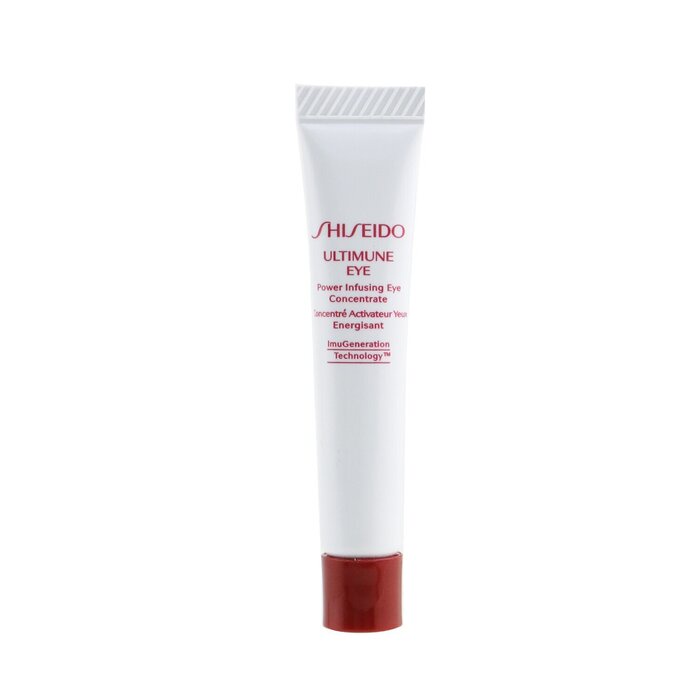 |
||
| SGD 18.64 | Buy Now | |
Beauty Routine : It is never too late to start now
- Details
- Written by: Cassie Armanda
- Category: Lifestyles
- Hits: 4428
Creating a beauty routine tailored to your skin's needs can help you achieve healthy, glowing skin. Here's a basic guide to building an effective beauty routine:
-
Identify Your Skin Type: Determine whether you have oily, dry, combination, or sensitive skin. This will help you choose products that address your specific concerns.
-
Cleanse: Start your routine by cleansing your face morning and night to remove dirt, oil, and impurities. Choose a gentle cleanser appropriate for your skin type.
-
Tone: Use a toner after cleansing to balance the skin's pH levels and remove any leftover residue. Toners can also help hydrate and prep the skin for the next steps in your routine.
-
Treat: If you have specific skin concerns such as acne, dark spots, or fine lines, incorporate targeted treatments into your routine. This may include serums, spot treatments, or treatments containing active ingredients like retinol, vitamin C, or hyaluronic acid.
-
Moisturize: Hydrate your skin with a moisturizer suited to your skin type. Moisturizers help lock in moisture, nourish the skin, and provide a protective barrier against environmental stressors.
-
Protect: Apply sunscreen every morning, even on cloudy days, to protect your skin from harmful UV rays and prevent premature aging and skin damage.
-
Eye Cream: If desired, use an eye cream to hydrate the delicate skin around the eyes and target concerns such as dark circles or fine lines.
-
Exfoliate: Incorporate exfoliation into your routine 1-3 times per week to remove dead skin cells and promote cell turnover. Choose a gentle physical or chemical exfoliant based on your skin type and sensitivity.
-
Mask: Treat your skin to a weekly mask treatment to address specific concerns such as hydration, brightening, or detoxification.
-
Hydrate: Drink plenty of water throughout the day to keep your skin hydrated from the inside out.
Remember to listen to your skin and adjust your routine as needed based on changes in your skin's condition or external factors. Consistency is key, so stick to your routine and be patient as you wait for results. If you have specific skin concerns or conditions, consider consulting with a dermatologist for personalized advice and recommendations.
Shiseido's "Defend Beauty Treatment Softener Enriched" is a skincare product that falls under the brand's "Future Solution LX" line. This softener is designed to be used after cleansing and before applying other skincare products like serums or moisturizers.
Key features and benefits of the Defend Beauty Treatment Softener Enriched may include:
-
Hydration: Softeners are typically lightweight, watery lotions that provide an additional layer of hydration to the skin. This product likely helps to replenish moisture levels and maintain skin's natural moisture barrier.
-
Prepares Skin: Softeners often help to prepare the skin to better absorb subsequent skincare products, maximizing their effectiveness.
-
Anti-aging Properties: Shiseido's Future Solution LX line is known for its focus on anti-aging and skin defense. The Defend Beauty Treatment Softener Enriched may contain ingredients aimed at reducing the appearance of fine lines and wrinkles and improving overall skin texture.
-
Softening and Smoothing: Softeners can help to soften and smooth the skin's surface, leaving it feeling supple and refreshed.
-
Antioxidant Protection: The product may contain antioxidants to help protect the skin from environmental stressors and free radicals, which can contribute to premature aging.
As with any skincare product, individual results may vary, and it's essential to patch test and follow the usage instructions provided by the manufacturer. Additionally, if you have specific skin concerns or conditions, it's always a good idea to consult with a dermatologist before incorporating new products into your skincare routine.
ONLY Available for Asia Buyer
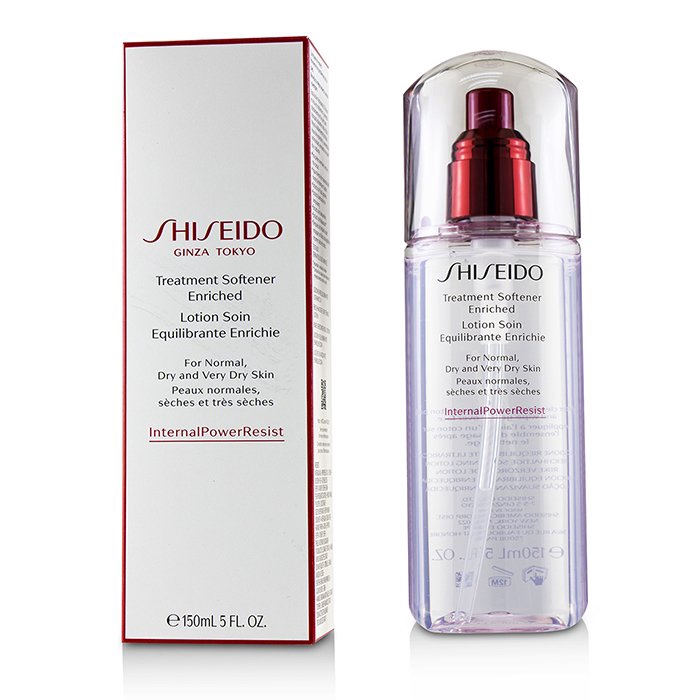 |
||
| SGD 64.31 | Buy Now | |
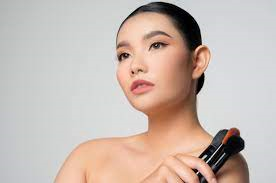
Hydration after Makeup
- Details
- Written by: Cassie Armanda
- Category: Lifestyles
- Hits: 5900
Try this after a long day with your makeup, and it is also suitable for Vegan:
Removing makeup while maintaining hydration is crucial to keeping your skin healthy and preventing dryness or irritation. Here's a step-by-step guide on how to effectively remove makeup while keeping your skin hydrated:
1. Choose the Right Makeup Remover:
- Opt for a gentle makeup remover suitable for your skin type. This could be micellar water, cleansing oil, cleansing balm, or a makeup remover formulated for sensitive skin.
2. Start with Eye Makeup:
- If you're wearing eye makeup, use a dedicated eye makeup remover or a gentle micellar water on a cotton pad. Hold the pad on your closed eyes for a few seconds to allow the makeup to dissolve before gently wiping away.
3. Remove Face Makeup:
- Apply your chosen makeup remover to a cotton pad or directly onto your face. Gently wipe away foundation, concealer, and other face makeup.
4. Double Cleansing (Optional):
- Consider following up with a gentle cleanser for a double cleansing routine. This helps to remove any remaining makeup residue and impurities.
5. Hydrating Cleanser (Optional):
- If you opt for double cleansing, choose a hydrating cleanser to maintain moisture levels. This is especially beneficial for dry or sensitive skin.
6. Use Micellar Water:
- If you prefer a quick and easy option, use micellar water for makeup removal. It cleanses and hydrates the skin without the need for rinsing.
7. Avoid Harsh Ingredients:
- Choose makeup removers and cleansers that are free of harsh chemicals, alcohol, or fragrances that can strip the skin of its natural oils.
8. Pat, Don't Rub:
- When drying your face, pat it gently with a clean, soft towel rather than rubbing. This helps to prevent irritation and maintain skin hydration.
9. Apply a Hydrating Toner:
- After cleansing, use a hydrating toner to rebalance the skin's pH levels and prepare it for the next steps in your skincare routine.
10. Apply Moisturizer:
- Finish your routine with a hydrating moisturizer. Choose a product that suits your skin type to lock in moisture.
11. Use a Hydrating Mask (Weekly):
- Consider using a hydrating mask once a week to provide an extra boost of moisture to your skin.
12. Stay Hydrated Internally:
- Drink plenty of water throughout the day to keep your skin hydrated from the inside out.
Remember to listen to your skin and adjust your routine based on its specific needs. If you have specific skin concerns, it's always a good idea to consult with a dermatologist for personalized advice.
Kitchen Knives
- Details
- Written by: Cassie Armanda
- Category: Lifestyles
- Hits: 6068
Here is a good recommendation:

Kitchen knives are essential tools in the culinary world, and having the right set of knives can greatly enhance your cooking experience. Here are some common types of kitchen knives and their purposes:
-
Chef's Knife:
- Purpose: Versatile, all-purpose knife for chopping, slicing, dicing, and mincing.
- Characteristics: Wide blade, usually 6 to 10 inches long.
-
Paring Knife:
- Purpose: Precise tasks such as peeling, trimming, and intricate cutting.
- Characteristics: Small, narrow blade, usually 2 to 4 inches long.
-
Utility Knife:
- Purpose: A mid-sized knife that falls between a chef's knife and a paring knife, suitable for various tasks.
- Characteristics: Slightly larger than a paring knife, with a narrow and straight blade.
-
Bread Knife:
- Purpose: Slicing bread and other baked goods without crushing them.
- Characteristics: Long, serrated blade.
-
Santoku Knife:
- Purpose: All-purpose knife similar to a chef's knife, originating from Japan.
- Characteristics: Shorter and thinner than a chef's knife, with a flat cutting edge.
-
Carving Knife:
- Purpose: Slicing thin, precise cuts of cooked meat, poultry, or roasts.
- Characteristics: Long, narrow blade with a pointed tip.
-
Boning Knife:
- Purpose: Removing bones from meat or poultry.
- Characteristics: Thin, flexible blade for maneuvering around bones.
-
Cleaver:
- Purpose: Chopping through bones and tough cuts of meat.
- Characteristics: Large, heavy blade with a thick spine.
-
Filleting Knife:
- Purpose: Filleting and preparing fish.
- Characteristics: Thin, flexible blade for precise cuts.
-
Steak Knife:
- Purpose: Cutting cooked meat at the table.
- Characteristics: Serrated edge for slicing through meat.
When choosing kitchen knives, it's important to consider the material of the blade, the handle, and your own preferences. Common blade materials include stainless steel and high-carbon stainless steel. The handle material can vary, including wood, plastic, or metal. Keep in mind that proper care, including regular sharpening and hand washing, will extend the life of your knives and ensure their optimal performance.
ONLY Available for Asia Buyer
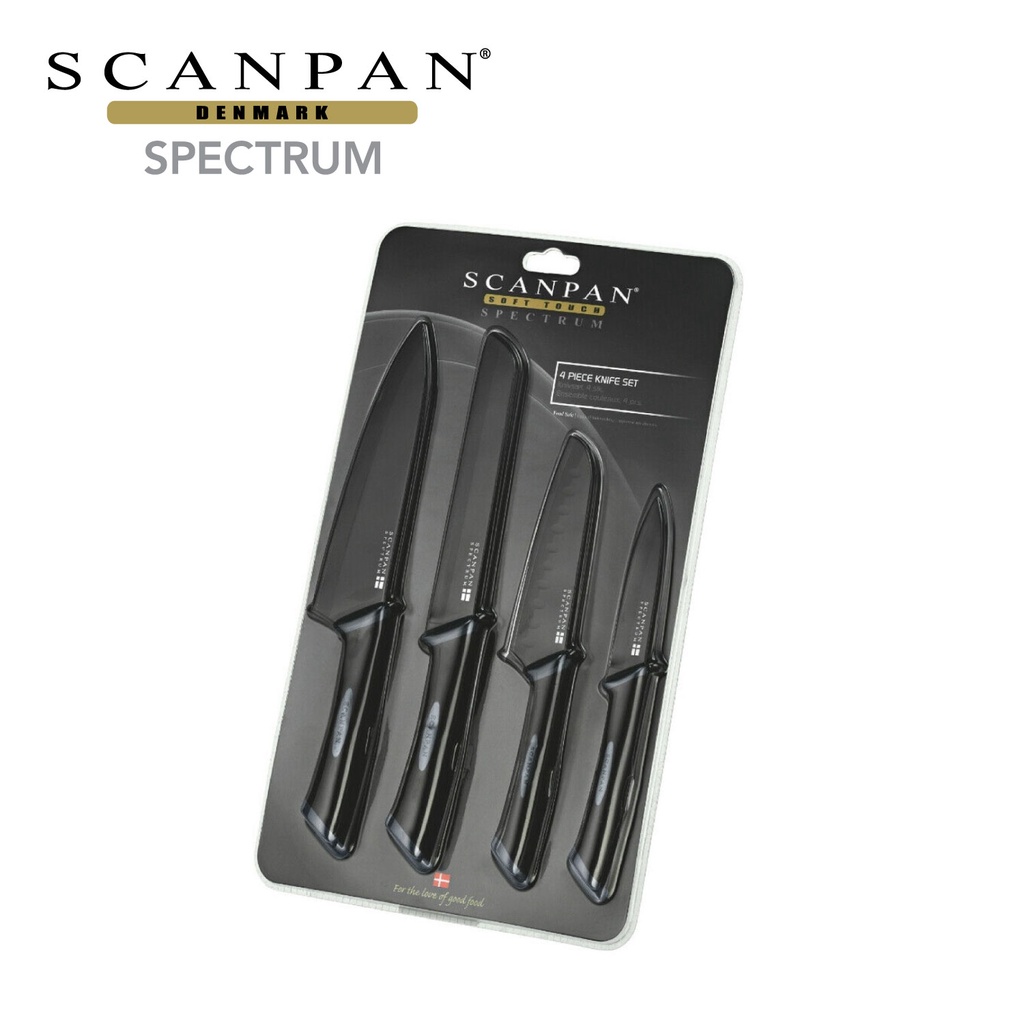 |
||
| SGD 39.90 | Buy Now | |
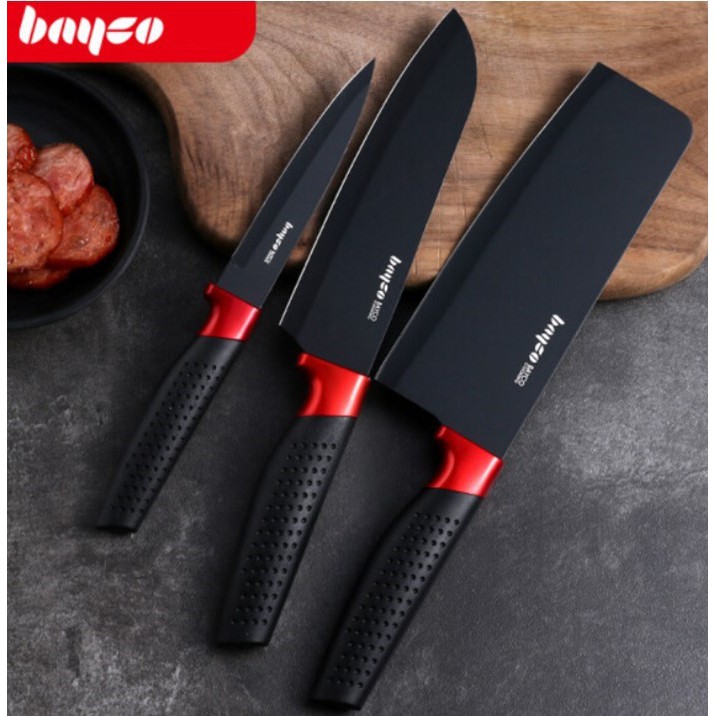 |
||
| SGD 19.90 SGD 21.90 | Buy Now | |
Frizzy Hair
- Details
- Written by: Cassie Armanda
- Category: Lifestyles
- Hits: 5858
If you have hair like my daughter you know the problem of waking up in the morning and you see this:
Well do not worry, I found this great product:
KERASTASE Elixir Ultime L'Huile Original Hair Oil
To know more about frizzy hair:
Anti-frizz hair serums are designed to combat frizz, add shine, and create a smooth, polished look to your hair. They typically contain ingredients that help to control flyaways, reduce static, and provide a sleek finish. When choosing an anti-frizz hair serum, consider the following factors:
-
Hair Type:
- Different hair serums are formulated for various hair types (straight, wavy, curly, or coily). Choose a serum that is suitable for your specific hair type to achieve the best results.
-
Ingredients:
- Look for serums with nourishing and hydrating ingredients such as argan oil, jojoba oil, coconut oil, or silicone derivatives like dimethicone. These ingredients help to smooth the hair cuticle, reduce frizz, and add shine without weighing down the hair.
-
Silicone-Free Options:
- Some people prefer silicone-free formulas, especially if they have fine or easily weighed-down hair. Silicone-free serums often use alternative ingredients to achieve a sleek finish.
-
Humidity Resistance:
- If you live in a humid climate or frequently encounter humid conditions, consider a serum that offers humidity resistance. These serums help to maintain a frizz-free look even in challenging weather.
-
Application:
- Consider the application method. Some serums come in pump bottles, while others may have a dropper or an open-mouth bottle. Choose a format that is convenient for you to apply and distribute the product evenly through your hair.
-
Heat Protection:
- Some anti-frizz serums also offer heat protection, which is beneficial if you use styling tools like flat irons or curling irons. The serum can help protect your hair from heat damage while providing a smooth finish.
-
Lightweight Formula:
- Opt for a lightweight formula that won't make your hair feel greasy or heavy. This is particularly important for those with fine or thin hair.
-
Long-Lasting Effects:
- Look for a serum that provides long-lasting frizz control. Some serums offer all-day protection, while others may need to be reapplied throughout the day.
-
Scent:
- Consider the scent of the serum, especially if you are sensitive to fragrances. Choose a product with a scent that you find pleasant and that won't be overwhelming.
-
Reviews and Recommendations:
- Read reviews and seek recommendations from others with similar hair types and concerns. This can give you insights into the effectiveness of a particular anti-frizz serum.
Popular brands that offer anti-frizz hair serums include Moroccanoil, John Frieda, Living Proof, and Paul Mitchell, among others. Remember to start with a small amount of product and adjust as needed to avoid over-application.
Page 1 of 4










